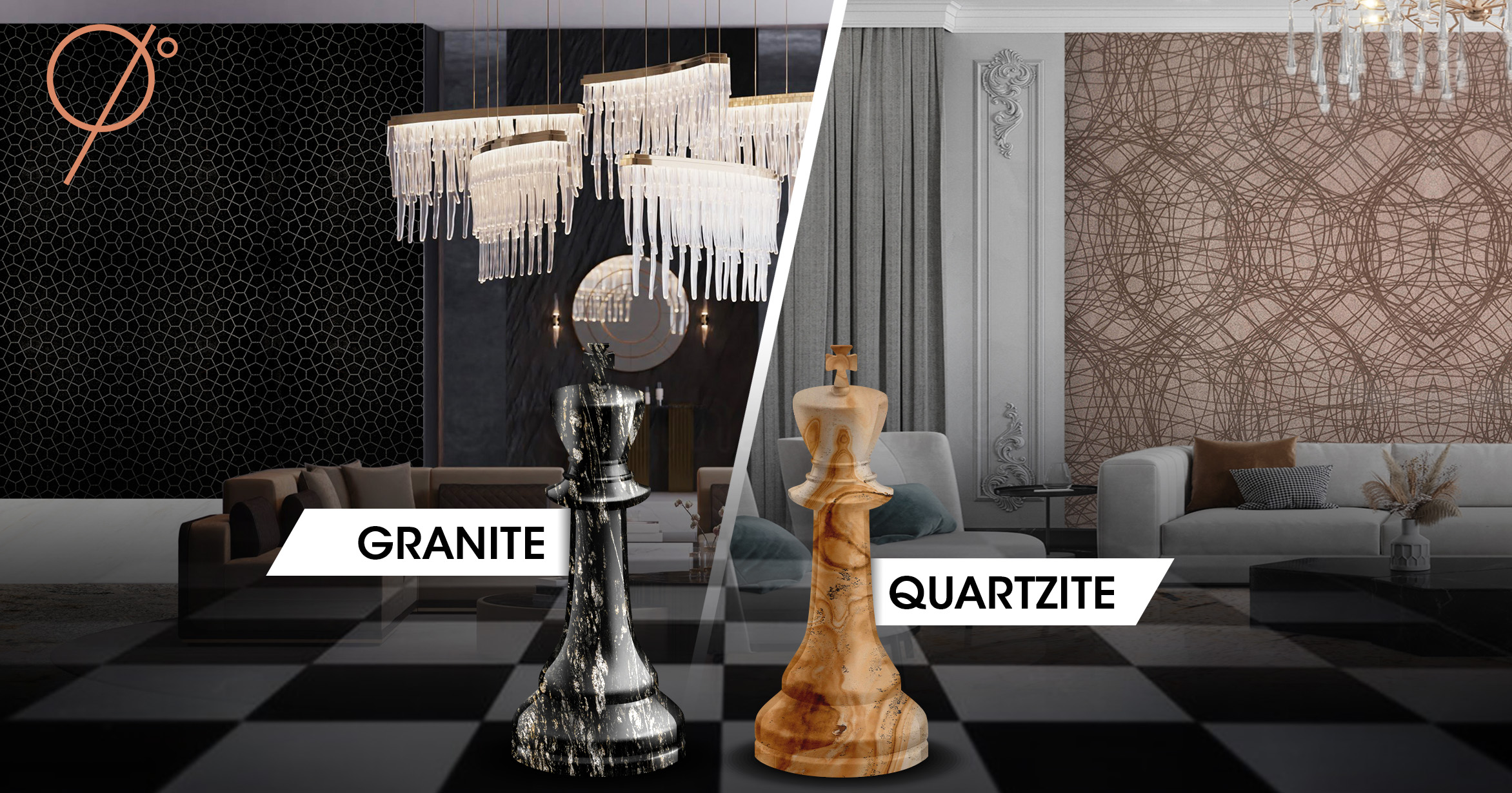Two of the hardest stones popular for creating enduring homes are quartzite and granite. Both of them require significant investment and offer great benefits in residential as well as commercial design. How do they differ? How do you choose between the two? Which one is better for you: granite or quartzite? Where can you use them and how? Here’s everything you need to know before buying quartzite or granite.
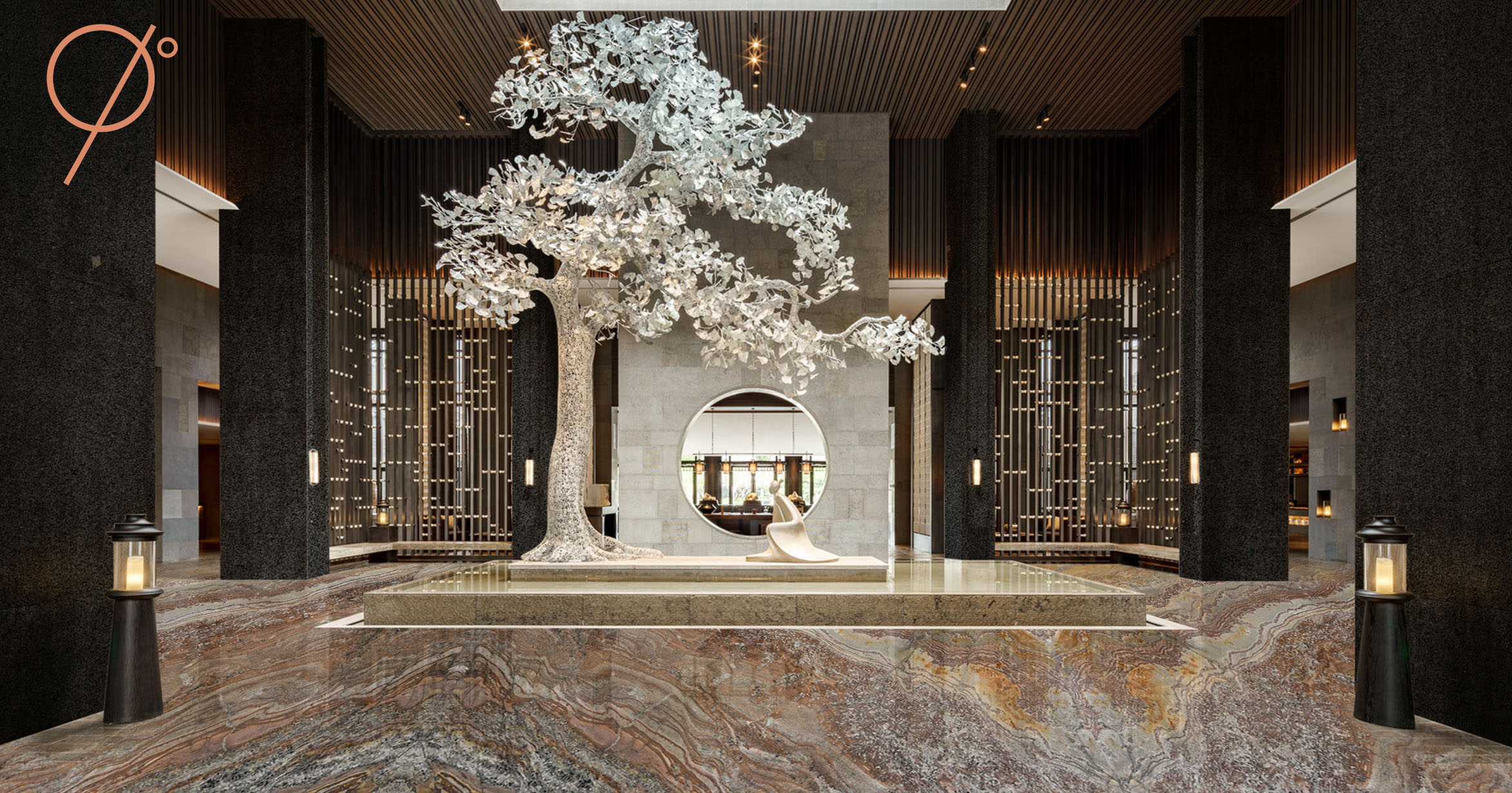
Exquisite granite flooring and wall cladding
Similarities between quartzite and granite
- Both are hard, mineral-rich natural stones, often featuring vibrant colours, making them perfect for use as a highlight in your interior space.
- Both granite and quartzite are weather-resistant and heat-resistant, making them ideal for use in high-traffic interiors as well as exteriors.
- Well-processed and sealed quartzite and granite are moisture-resistant, making them ideal for use in kitchen, exterior, indoor waterfalls and more. However, both need to be resealed at regular intervals for longevity.
Differences between quartzite and granite
Formation
Granite is an igneous rock quartz, feldspar, as well as mica. Quartzite, on the other hand, is a metamorphic rock that is an interlocking mosaic of quartz crystals with trace minerals. Altered by the heat and pressure of tectonic compression, and chemical activity of metamorphism, the quartz-rich sandstone turns into quartz and silica-rich quartzite. The silica lends it a glass-like shine and quartz makes it hard and durable.
Hardness
Both quartzite and granite are significantly hard (much harder than marble), but on the Mohs scale of hardness (from 1 to 10, in increasing order of hardness) quartzite has the slight edge. It measures around 7 whereas granite only measures around 6 to 6.5. However, this difference doesn’t really affect the durability of either stone.
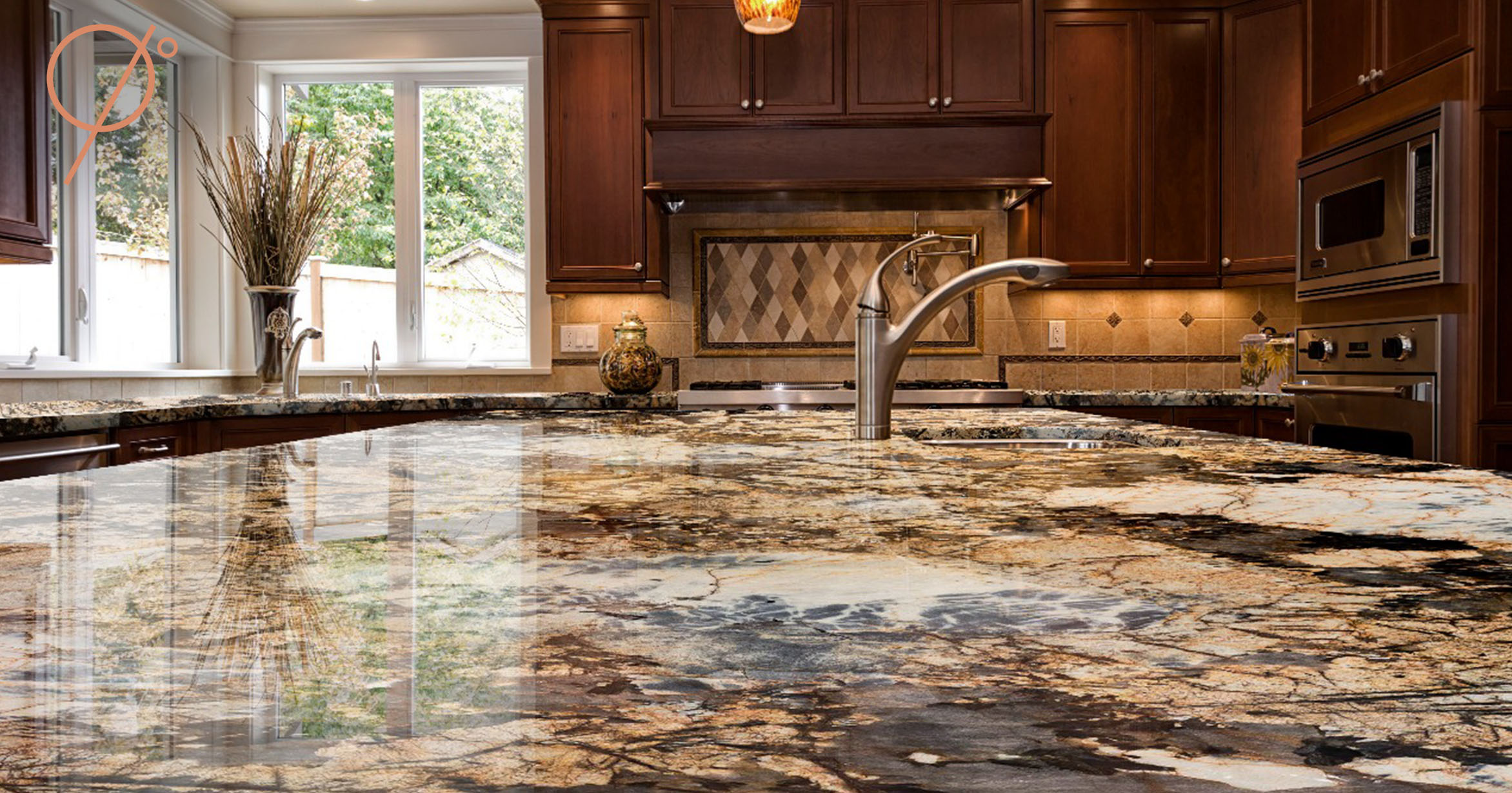
Elegant quartzite countertop
Appearance
Since quartzite is available in vibrant and trendy colours, such as champagne yellow, light gray and white. This makes it a popular countertop choice – especially in today’s neutral-toned kitchen designs. Some quartzites feature bold patterns, and some even look a lot like marble, which is the epitome of luxury when it comes to interior design.
On the other hand, granite features darker tones with a speckled appearance. They are chiefly used in flooring and exterior cladding, on account of their subtle, sophisticated air.
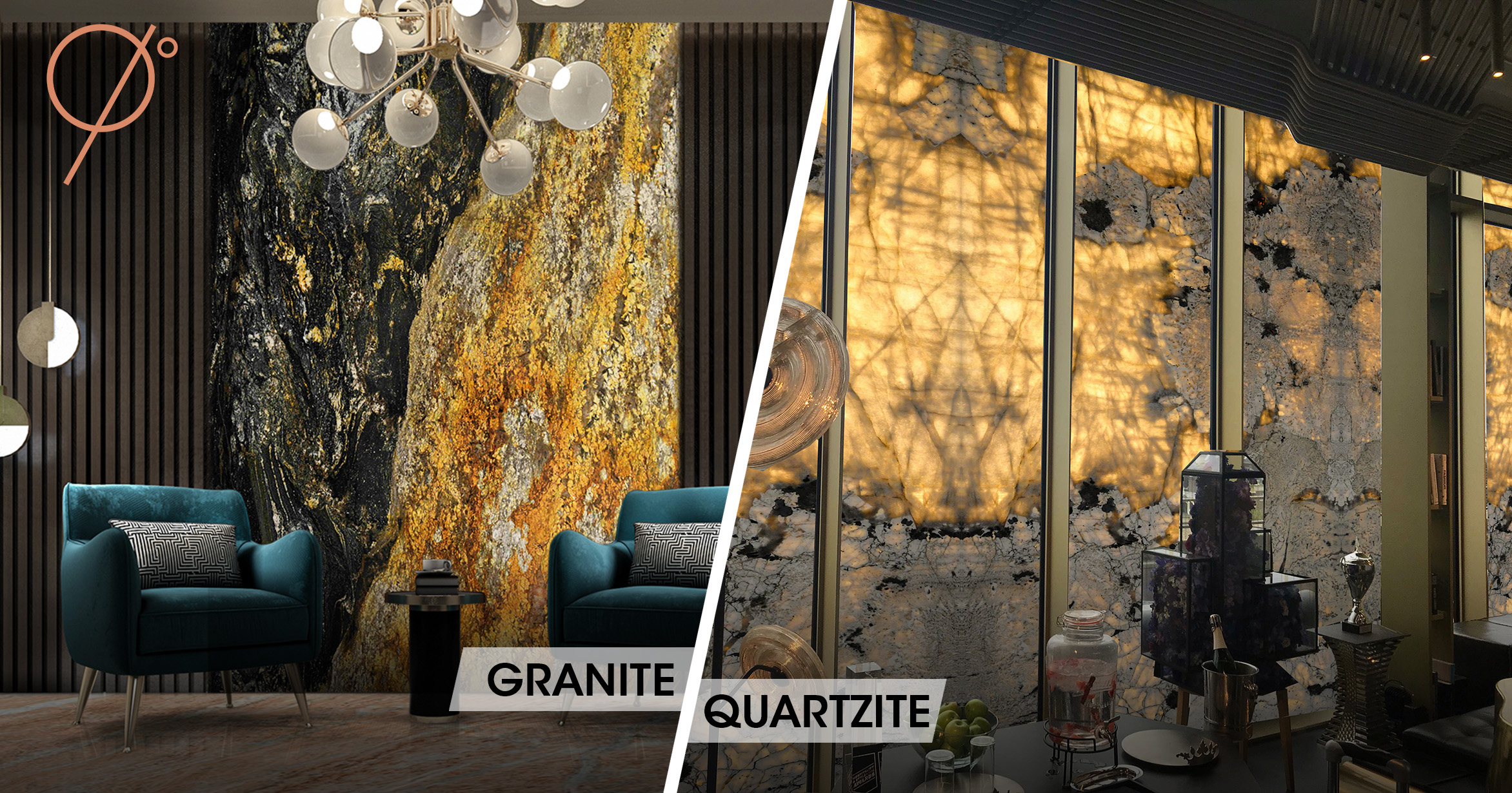
Front-lit granite vs. Backlit Quartzite
Application
Since they comprise almost 80% of quartz crystals, quartzites have the exquisite characteristic of letting light pass through. This makes quartzite varieties like Asteroid Crystal and Ice White extremely coveted pieces of natural art. When backlit, they can transform your living room into a surreal slice of paradise.
Additionally, you may use them pretty much anywhere you’d like: on a focus wall, countertops, tabletops, staircase, exterior façade. Let your imagination run wild.
Granites usually find application in flooring and countertops. But with Ninety Degree Stone’s exceptional surface finishes, granites can be used on focus walls, living room highlights and exterior façades.
Ninety Degree Stone is also the pioneer in delivering 10mm thin granite slabs, making it ideal for use in wall cladding.
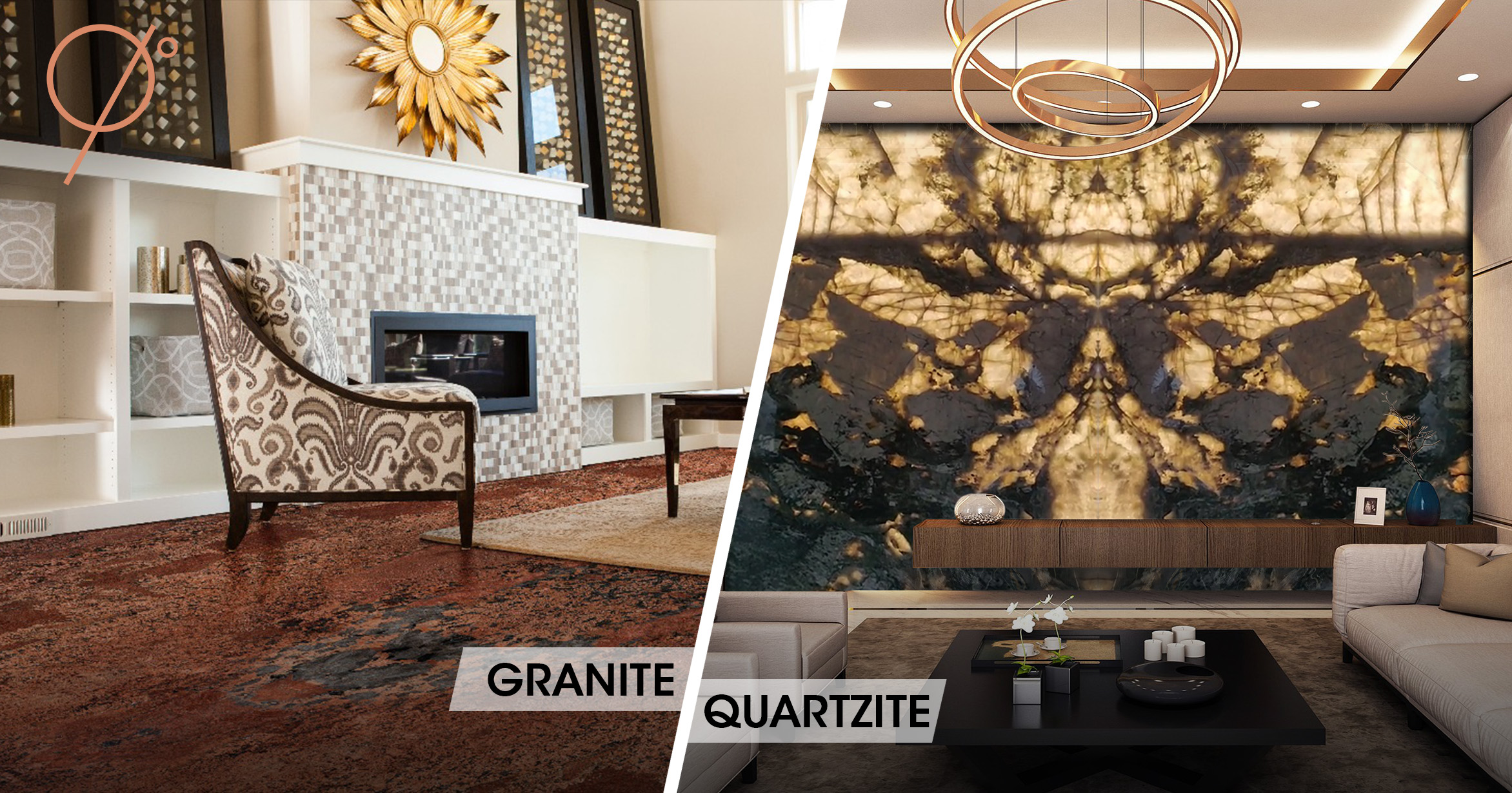
Granite vs quartzite: It depends on the use
Cost
Indian granites are quite affordable, while imported granite appreciably costs more. Quartzites are also imported from different corners of the world – one of the quartzite-rich locations being Brazil.
Which is right for you: Quartzite or Granite?
It boils down to where you’d like to use them. Both present distinct benefits and next to nil disadvantages (as both are natural). But if you need a little help deciding which is right for you, contact our Stone Experts at +91-9119118118.
